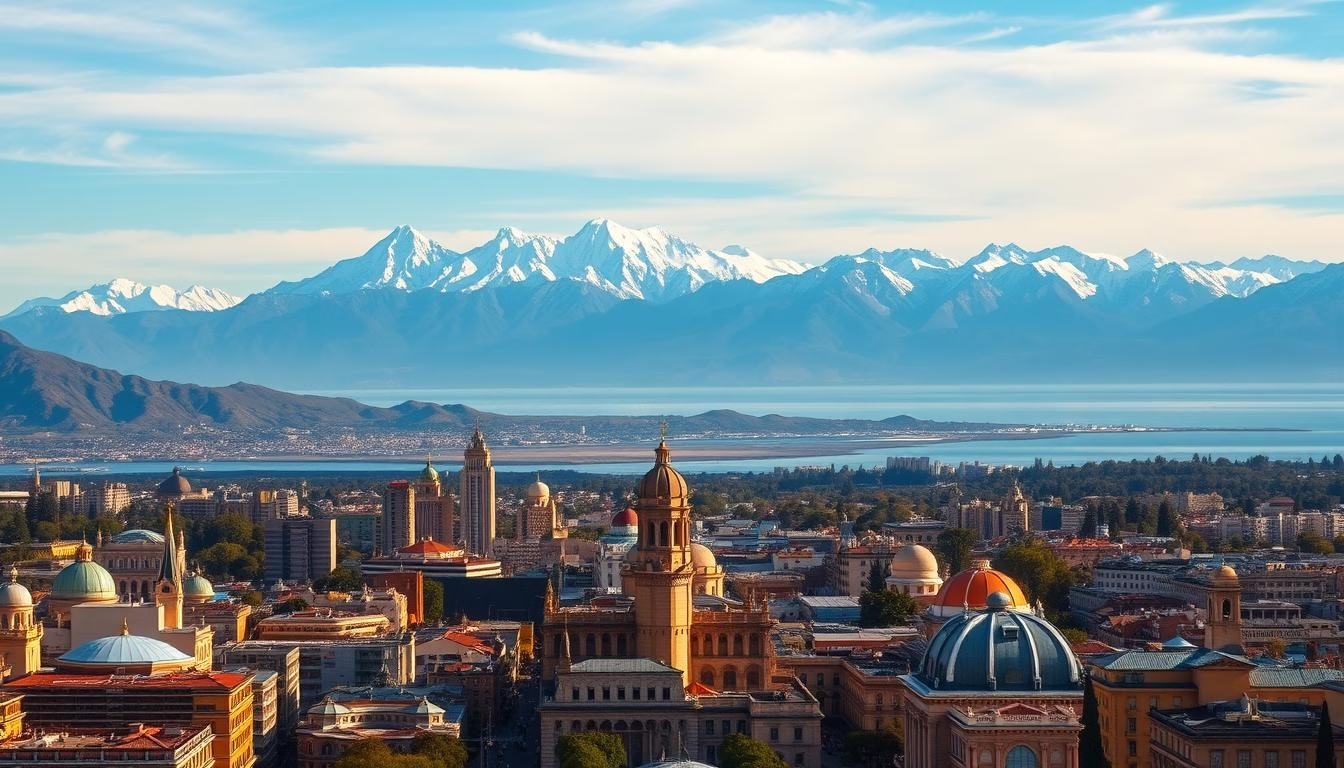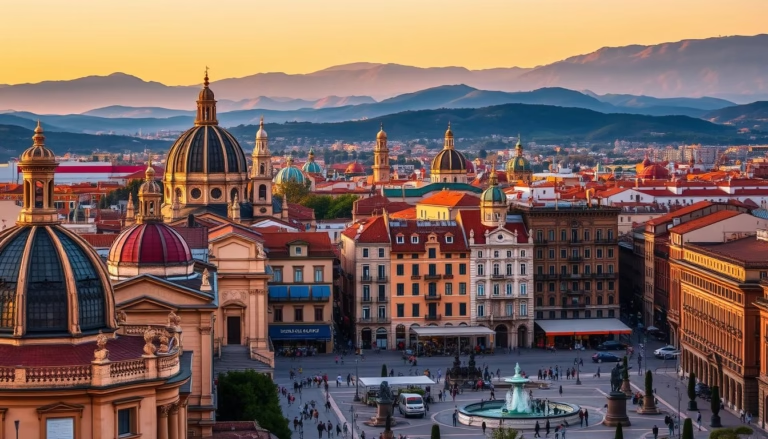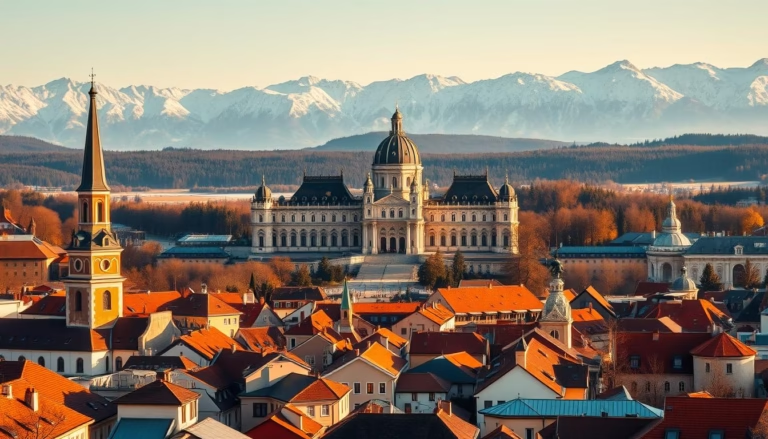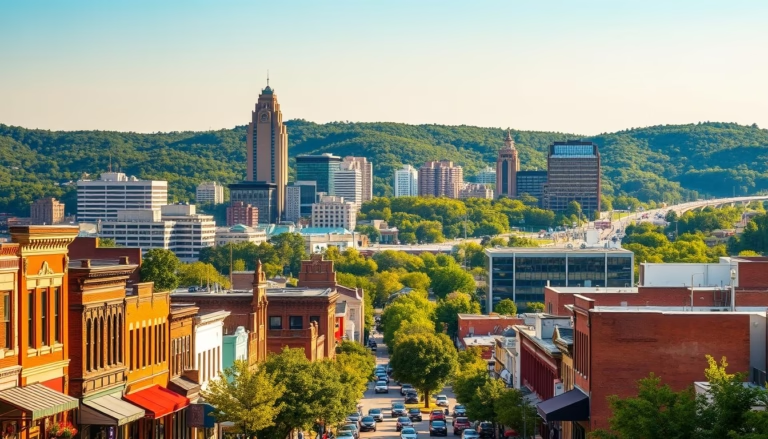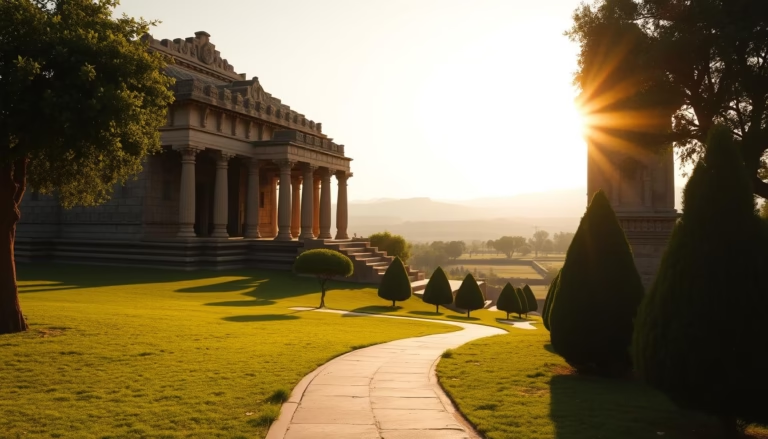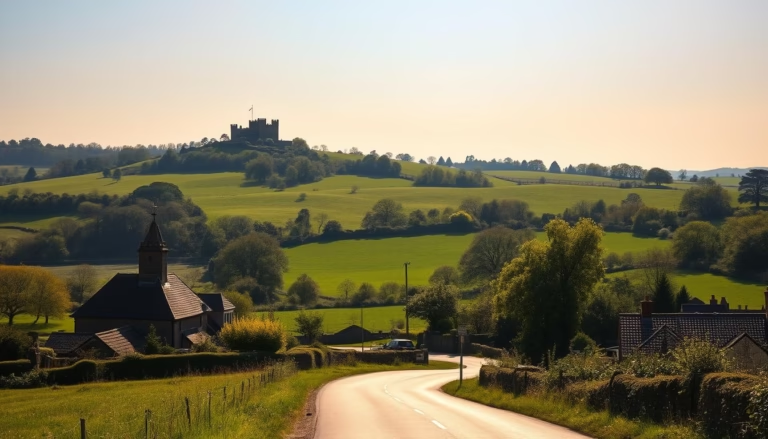Best Cities to Visit in Argentina: Top Destinations
Did you know this South American nation contains landscapes spanning 11 different climate zones? From tropical wetlands to polar tundras, Argentina’s staggering variety makes it a country where you can sip Malbec wines at sunset and trek glaciers 48 hours later.
While many travelers flock to iconic spots like Buenos Aires’ tango halls, fewer realize over 60% of Argentina’s territory remains undeveloped wilderness. This contrast creates extraordinary opportunities – imagine savoring grass-fed steak in a cosmopolitan hub before venturing to the best places to explore Patagonia’s untouched trails.
What truly sets Argentina apart is how its urban centers blend seamlessly with natural wonders. Lakeside villages sit beneath Andean peaks, while colonial architecture meets rainforest canopies in the north. Seasonal planning becomes key in this vast land – snow sports thrive in July, while November wildflower blooms transform entire regions.
Key Takeaways
- Home to Earth’s southernmost city and diverse ecosystems across 11 climate zones
- Combines world-class cultural experiences with unparalleled outdoor adventures
- Features UNESCO sites like Iguazú Falls alongside vibrant metropolitan hubs
- Requires strategic seasonal planning due to reversed hemispheric weather patterns
- Offers distinct regional identities from wine country to Patagonian frontiers
Introduction to Argentina’s Diverse Destinations
Imagine sipping Malbec beside vineyards framed by snow-capped peaks, then dancing tango in a cobblestone plaza hours later. This South American gem blends cultural depth with geographic extremes, creating journeys where every day feels like discovering a new world.
Where Continents Collide in Culture
Argentina’s identity forms a vibrant mosaic. Spanish colonial churches stand near indigenous markets in the northwest. Italian-inspired pasta shops neighbor Parisian-style cafes in Buenos Aires. This fusion extends to festivals – witness gaucho rodeos in the Pampas or Mapuche weaving demonstrations in Patagonia.
Nature’s Playground Meets Urban Sophistication
From the rust-hued mountains of Salta to Tierra del Fuego’s glacial valleys, the country’s landscapes shift like living paintings. Cities act as launchpads – Mendoza’s wine routes begin at subway stations, while Bariloche’s chocolate shops sit minutes from alpine trails.
Seasonal diversity means you can chase summer sun in coastal Mar del Plata while others ski Andean powder. For curated top destinations, explore regions where jungle waterfalls echo near desert salt flats. Each area tells its own story through flavors, colors, and rhythms.
Explore Buenos Aires: The Cultural Heart
Walk through streets where every corner whispers stories. This metropolis holds a world record for bookstores per capita, with gems like Eterna Cadencia offering literary escapes. Spring transforms the urban landscape into a violet dreamscape, jacaranda blooms framing art nouveau buildings.
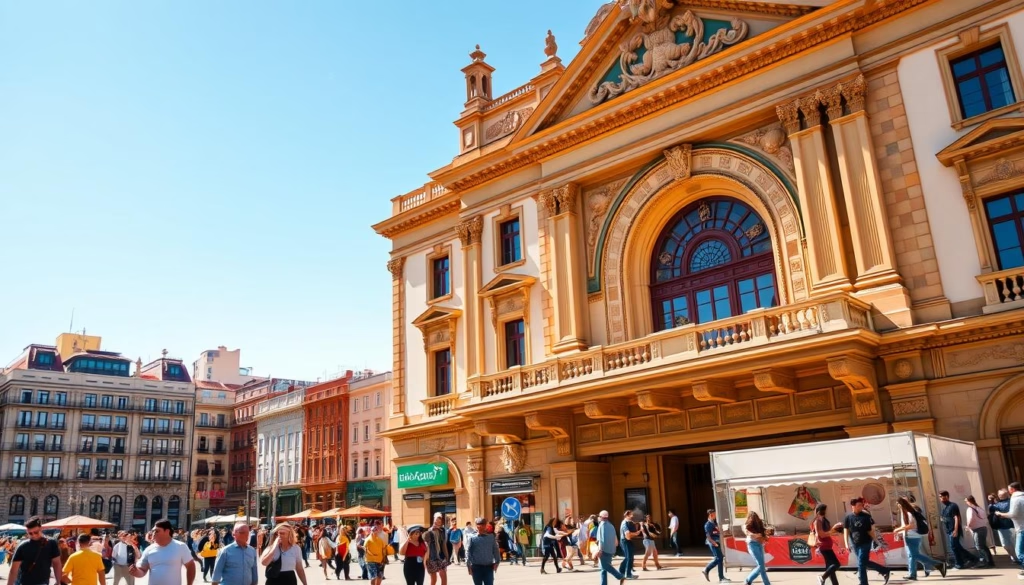
Iconic Landmarks and Historic Neighborhoods
San Telmo’s cobblestone lanes lead to Sunday markets filled with antique treasures. Watch spontaneous tango erupt in Plaza Dorrego, where dancers’ heels click against 19th-century stones. Don’t miss La Boca’s Caminito – its rainbow houses glow like theater sets.
Palermo’s tree-lined avenues showcase street art murals stretching across entire blocks. The Botanical Garden’s iron gates open to 18 acres of rare plants, a green oasis minutes from boutique shopping.
Culinary Delights and Nightlife Experiences
Sizzling asado aromas guide you to parrillas like Don Julio, where grass-fed steaks meet award-winning Malbecs. For modern twists, Tegui’s tasting menus redefine Argentine cuisine under Michelin-starred guidance.
When sunset paints the Río de la Plata gold, milongas pulse with bandoneón notes. From historic cafés like Tortoni to Palermo’s rooftop bars, the city dances until dawn.
Best Cities to Visit in Argentina: A Curated List
Argentina’s urban centers act as living compasses, each pointing travelers toward distinct cultural adventures. From wine country capitals to mountain gateway hubs, these locations blend local traditions with modern comforts.
Highlights of Urban Experiences Across Regions
Northern Salta enchants with colonial architecture framed by rainbow-colored mountains. Its plaza-filled heart beats with peña folk music venues. Further south, Córdoba’s university energy fuels craft beer scenes and Renaissance-style cathedrals.
For Patagonian explorers, Ushuaia serves as the ultimate launchpad. The world’s southernmost city offers king crab feasts before Antarctic cruises. Meanwhile, Rosario’s riverfront promenades showcase modernist monuments honoring national heroes.
Key planning tip: Many urban hubs connect seamlessly to natural wonders. Bariloche’s Swiss-style chalets sit minutes from Nahuel Huapi’s emerald lakes, while Tucumán’s sugar plantations neighbor cloud forest trails.
Seasoned travelers recommend mixing metropolitan stays with day trips. Mendoza’s bike-friendly streets lead to vineyard tours, while La Plata’s neoclassical design dazzles architecture enthusiasts. Each destination unlocks new dimensions of Argentine culture.
Whether crafting a two-week trip or extended journey, this guide helps prioritize essential stops. Focus on regions matching your interests – wine routes, Andean vistas, or coastal escapes – while leaving room for spontaneous discoveries.
Mendoza: Wine, Cuisine, and Outdoor Activities
Where else can you bike between vineyards by morning and soak in thermal springs by sunset? This sun-drenched region blends world-class wines with adrenaline-pumping adventures, all framed by the Andes’ snow-capped peaks.
Winery Tours and Bodega Experiences
Mendoza’s wine country stretches across three distinct zones, each with unique terroir. Luján de Cuyo’s historic estates offer barrel tastings in century-old cellars, while Uco Valley’s modern facilities showcase cutting-edge techniques. Many tours include gourmet lunches paired with reserve malbecs.
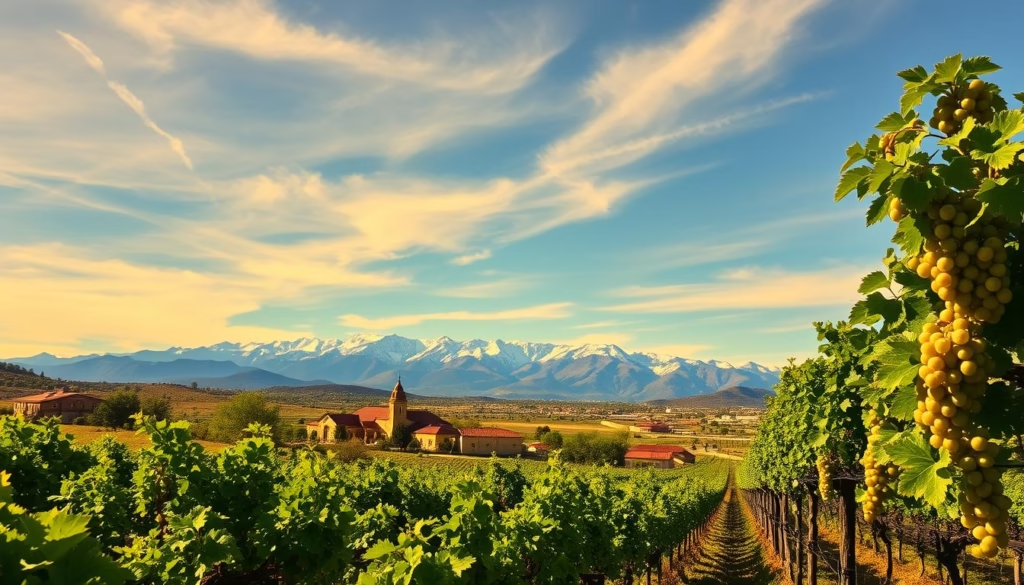
Outdoor Adventures Amid the Andes
The mountains aren’t just a backdrop here – they’re a playground. Guides lead rafting trips down the Mendoza River’s Class III rapids from October to April. Hikers tackle trails through Aconcagua Provincial Park, where condors circle above 22,837-foot summits.
After active days, unwind at Cacheuta Hot Springs. Natural thermal pools melt muscle tension as the setting sun paints the Andes in rose-gold hues. Local chefs then revive weary travelers with grass-fed steaks and torch-lit patio dining.
Pro tip: December through February brings peak crowds. Secure vineyard reservations and hotel stays 4-6 weeks early, particularly for weekend visits. Many bodegas now offer e-bike rentals to explore sprawling estates without breaking a sweat.
El Chaltén: A Trekking Paradise in Patagonia
Towering granite spires pierce the sky as you lace up your boots in Argentina’s adventure capital. Nestled in Santa Cruz province, this frontier town offers more hiking routes than streets, with trails winding through Parque Nacional Los Glaciares to reveal jaw-dropping vistas.
Hiking Trails and Mountain Vistas
The iconic Fitz Roy massif dominates the horizon, its jagged peaks challenging photographers at sunrise. Choose from 15 marked routes ranging from 2-hour walks to full-day treks. Laguna de los Tres delivers classic mountain views, while Loma del Pliegue Tumbado offers panoramic overlooks of the entire valley.
Adventurers can extend their journey to the Perito Moreno Glacier, a frozen giant accessible via El Calafate. Day trips combine boat rides with short hikes across glacial moraines. Back in El Chaltén, craft breweries reward tired legs with Patagonian IPAs.
Planning Tips for Adventurous Travelers
November through March brings reliable weather for outdoor activities. Pack layers – summer temperatures swing from 50°F to 75°F within hours. A waterproof windbreaker proves essential against Patagonia’s famous gusts.
Local outfitters rent quality gear, from hiking poles to crampons. Consider guided tours for glacier walks or multi-day circuits. Book mountain lodges early during peak season – these cozy refuges fill fast with international trekkers.
Mar del Plata: Coastal Escape and Summer Vibes
Where golden sands meet Art Deco grandeur, Argentina’s Atlantic coast reveals its warm-weather playground. Mar del Plata’s iconic hotel-casino complex stands as a testament to 1930s glamour, its turreted silhouette framing endless beaches that buzz with energy from December through March.
Beachside Attractions and Local Festivals
The city’s seven-mile coastal stretch transforms into a carnival of parasols and volleyball nets during peak season. Locals and visitors alike flock to Playa Grande for surf lessons by day, while nights come alive with open-air tango performances along the Bristol Promenade.
Each November, cinephiles descend for the International Film Festival – Latin America’s oldest – where silver-screen magic meets ocean breezes in open-air theaters. Food historians meanwhile pilgrimage to Confitería París, birthplace of Argentina’s iconic alfajor cookies.
For quieter alternatives, Cariló’s pine forests hide boutique lodgings just two hours north. These coastal gems maintain Mar del Plata’s nostalgic charm without the crowds, offering dune hikes and bonfires under Southern Cross constellations.
